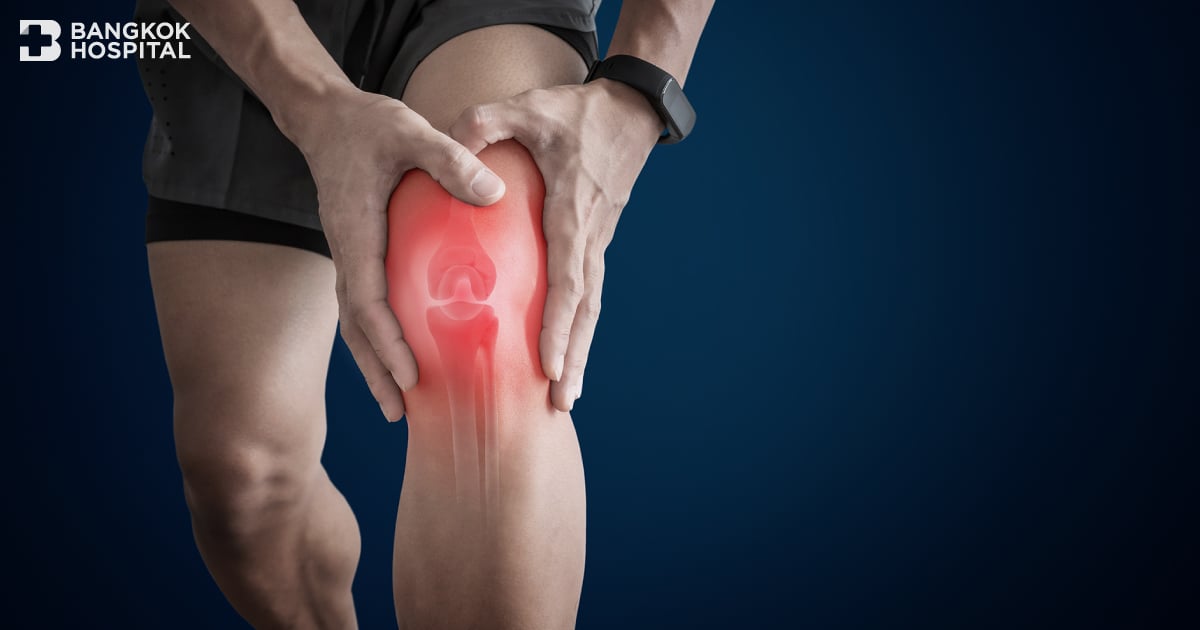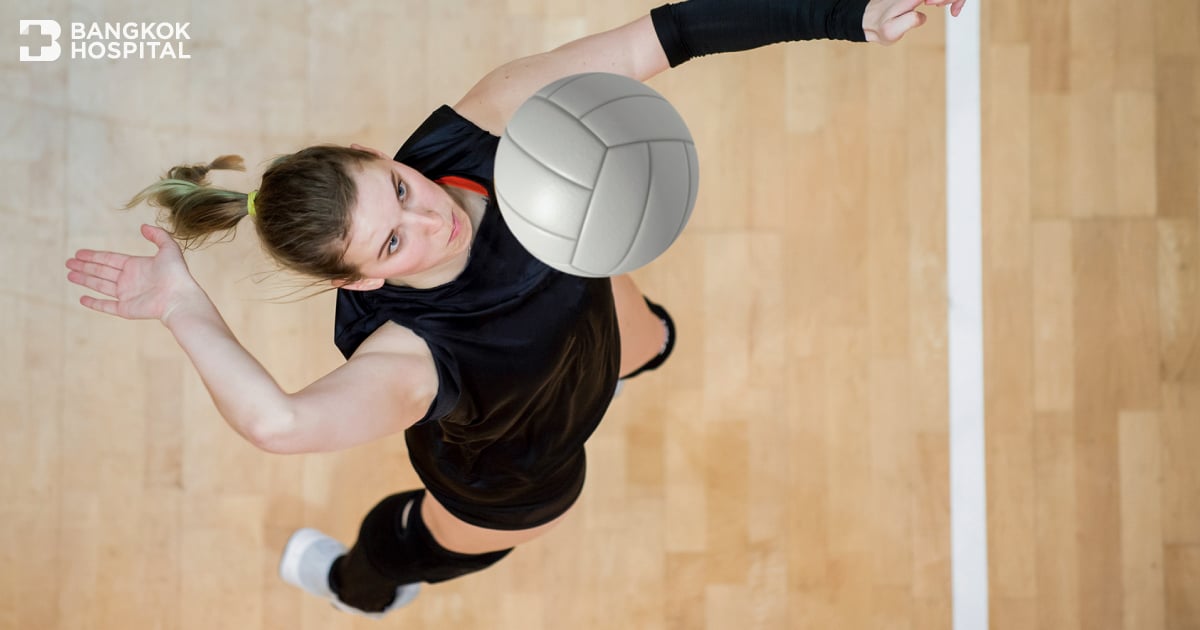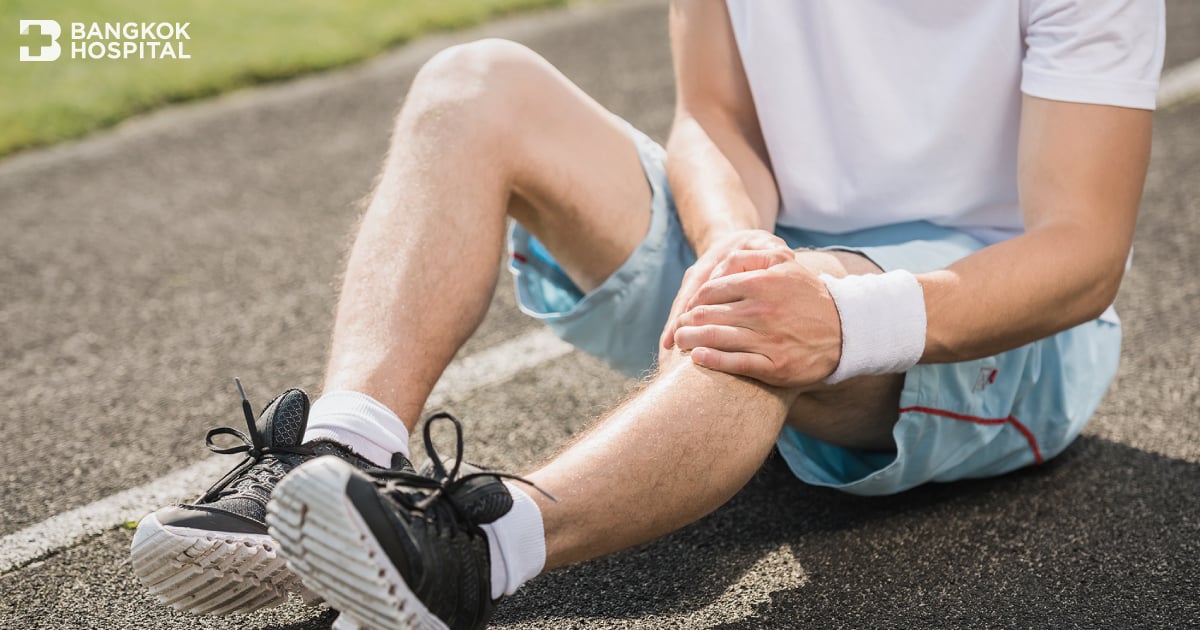The shoulder joints have the highest chance of dislocation in the body. In the United States, the incidence of shoulder dislocation is 23.9 per 100,000 person-years. The most common cause is when someone falls, accounting for 58.8% of cases, with 47.7% occurring at home or while playing recreational sports. Anterior shoulder dislocations is the most common form of all shoulder dislocation (90%). The mechanism of dislocation is the extreme force from the fall or contact caused the shoulder bone to be abducted and externally rotated. Recurrence happens at a high rate among younger patients, with 90 – 95% recurrence being common among patients younger than 19 years old.
Symptoms of Shoulder Dislocation
When the shoulder bone is dislocated from its socket, it may come out forward, backward, or downward. The patient will experience severe pain with lack of arm movement and the shoulder will look bent out of shape. Some patients may experience numbness from neuronal injuries, while others may will have difficulty moving their arms (if at all). The arm will be bent out of shape, coupled with scathing pain, which can be perilous if it occurred during continuous activities, such as driving or controlling machineries.
Cause of Shoulder Dislocation
The most common cause of shoulder dislocation is accidental falls or sports injuries. When the shoulder has been displaced by physical force, such as being strongly pulled, the head of the arm bone can pop out. In some cases, there may be congenital conditions where the surrounding tissue is loose and the shoulder can be displaced easily. Athletes who play contact sports, such as footballs or sports that require vigorous shoulder movements, such as basketball, swimming or gymnastics, have higher risk of shoulder dislocation, which tends to be forward more than backward.
Treatment
Shoulder dislocation is considered to be an emergency and requires immediate medical attention. Upon initial injury, ice-cold compression for 5 – 10 minutes on and off in the first two hours in combination with shoulder immobilization will lessen the pain enough so that the patient can seek medical care. Once the patient has received some painkillers, the doctor will carefully pull the shoulder back into place. The use of shoulder brace will be necessary for about 3 weeks, especially for first-timers. Cold compressions in the first several days will continue to reduce the pain. Then, physical therapy and rehabilitation will strengthen the surrounding muscles.
The most common problem is recurrence of the dislocation because the tendons within the joint might have been torn. Some patients can experience recurrence simply by being bumped while hanging onto a handrail during a bus ride or just sleeping with their arm on their forehead. Once a shoulder has been dislocated, surgery may be necessary to repair the torn ligaments to prevent frequent recurrent episodes.
Shoulder Surgery
Many types of shoulder surgery are available. With the current advances in technology and surgical techniques, arthroscopic surgery has gained popularity and with very good results. Particularly, the shoulder joint is quite deep and normal surgery will require large area penetration of several layers of muscles. With arthroscopic surgery, a fiber optic camera is inserted into a small incision site, the overall tissue injury is less and the patient recovers much more quickly.
Arthroscopic Shoulder Dislocation Surgery
Other than the bruised or torn tendons within the joint, other pathological manifestation of shoulder dislocation includes tears to the surrounding tissues, cracked in the front bone socket, or torn ligaments around the shoulder. This is why arthroscopic shoulder surgery plays a big role in evaluating the extent of injury in full HD as well as allowing repair sutures. Compared to normal open surgery, the surgeon can only view the shoulder joint from just one side, which will be either from the front or back. Thus, the injury on the opposite end will be more difficult to manage.
Patients with loose shoulder joints and pains may also benefit from arthroscopic surgery. They may just have a slipped shoulder that has not completely dislocated. If the condition cannot be improved after a period of physical therapy, arthroscopic surgery can be used to repair the joint and any other underlying causes.
Current advancement in arthroscopic shoulder surgery allows comparable results to normal open surgery. Injury to the surrounding tissue due to surgery is also less, leading to better recovery. Shoulder movement can be recovered so that patients can work or play recreational sports again. The side effects are also reduced. Thus, patients with dislocated shoulders will most likely receive arthroscopic surgery more than before. If left untreated, dislocated shoulder can cause more damages to the head of the bone, the bone socket, and surrounding tissues. Patients should be considered for arthroscopic surgery treatment. Whether the outcome of the surgery is good or bad will depend on many factors, such as the level of expertise of the surgeon, rehabilitation after surgery, available surgical tools, and the patient’s cooperation.






